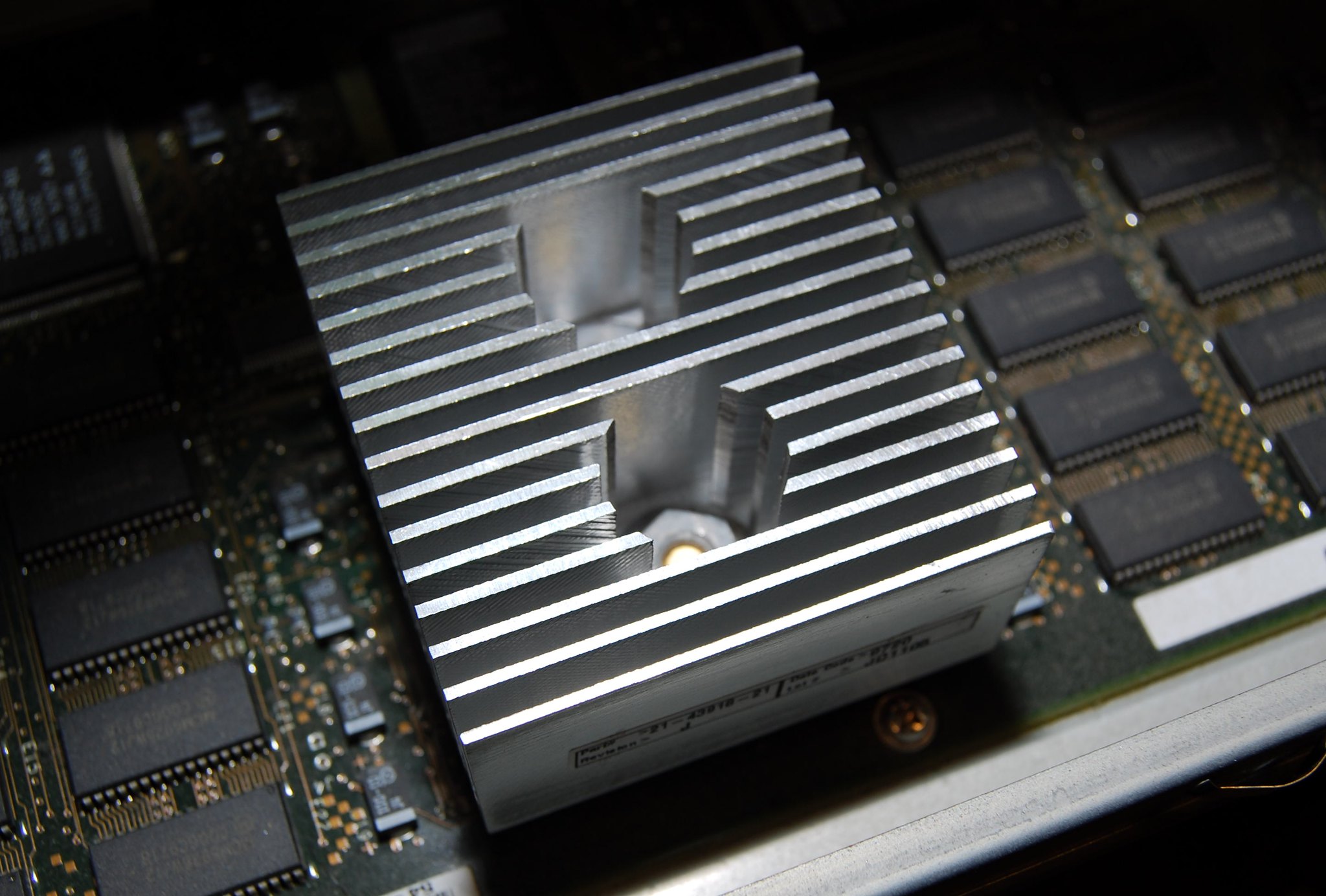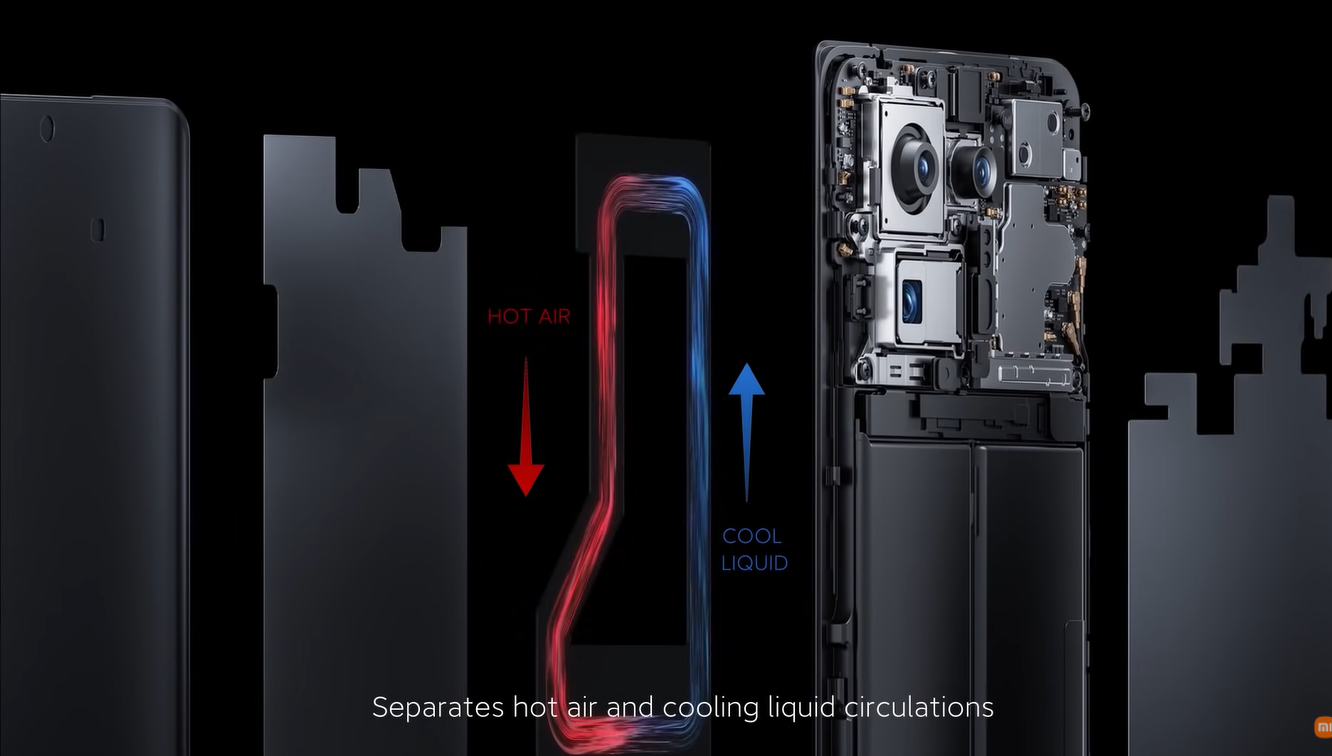Heat has always been a problematic factor for electronic devices which dissipate heat during operation. Today’s smartphones are one of the main victims of this issue. Manufacturers are trying new technology and multiple techniques every day. Some of them work and most of them aren’t. if a few names are mentioned then these would be Heat Sinks, Heat Spreaders, Cold Plates, Heat Pipes, and so on.
- Heat sink: The heat sink is one of the most used technologies to cool a device down for devices like computers and components. In this system, highly heat conductive metal plates are placed on the heating component and the heat gets transferred to that sink plate.

But to cool that plate down we use additional fans in-built so that the heat can be dissipating in the atmosphere. We’ve seen these things on computers, just over the processors a metal plate with many fins or spikes, on top of that a high-speed fan is installed, but we can’t even think of this device inside a mobile phone because of its bulky design.
- Heat Spreaders: Heat spreaders are used in PCBs which are considered to be operating under extreme shock or vibration. It almost looks like heat sinks but heat spreaders have no fins like heat sinks, rather it has a flat surface on top and doesn’t need any extra fan to cool it down. The spreader is attached to the perspective IC or PCB with thermal paste to connect properly. It is mostly used in high-power audio amplifiers.
- Cold plates: The active cooling system in mobile devices is very rare, it is mostly used in devices that get heated up faster and have additional spaces, and is okay to conduct electricity nearby the heat conductor. It uses graphene panel so that by supply certain amount of voltage the cooling effect can be generated and cool down he component in a faster way, also it is not safe idea to put something nearby a CPU which conducts electricity and the important fact it in thermo-electric cooler if voltage is applied then one side of the plate gets cooler and other side gets hotter and need to be cooled down by another source which is not a convenient idea at all.
- Heat pipes: The most used method in mobile devices is using heat pipes to cool down specific areas or CPU. The heat pipes are usually longer in size and one side of the pipe is placed on the CPU area and the other side is placed far away so that the heat can be exchanged and carried out to a cooler atmosphere for dissipation. Samsung already installed this method in their Galaxy S7 devices, also in S8 and S9, and succeed. The fluids like water are used to carry out the heat to the cooler area and the process continues. But it is slower compared to other heat exchange methods.
That’s why Xiaomi has come up with another great idea to cool down a CPU in a much more efficient way than before, they call it “Loop LiquidCool” technology. But how does it work and what made it different from others?
Loop LiquidCool: Xiaomi announces they’ll use new Loop LiquidCool technology in their Xiaomi Mix 4 instead of the traditional vapor chamber. And they added another popular invention of Nikola Tesla which is known as Tesla Valve. In LiquidCool it has a few major parts and it is a ring-shaped mechanical pump design without any moving parts at all.

Heat will be evaporated and carried along with the cooling agent to condensing portion and then with the help of Tesla Valve it’ll be directed to the refill chamber and fed again to the system and it’ll keep continuing its operation automatically without any external power source or force.

In the heat pipe, the liquid gets vaporized near the heat source and moved to a cooler area and get condensed and a few of the portion fed back to the heat source once again, but because of Tesla Valve, most of the vapors gets condensed and fed back to the heat source (CPU) and helps to cools down constantly an keep the process on without any moving parts, this is the beauty of Tesla Valve.

Xiaomi claimed after 30 minutes of Genshin Impact on 60fps the optimum temperature recorded was 47.7° when in standard Snapdragon 888 calibration it was 52.9°, which was about 5° less than the standard one. Isn’t it cool?

Xiaomi has mentioned, it can also be used to accommodate with few other components which dissipate heat and needed to cool down to increase the performance. Xiaomi has customized & calibrated a Mi Mix 4 with Loop LiquidCool technology instead of the traditional vapor chamber method and the result was quite surprising and efficient as well.

















